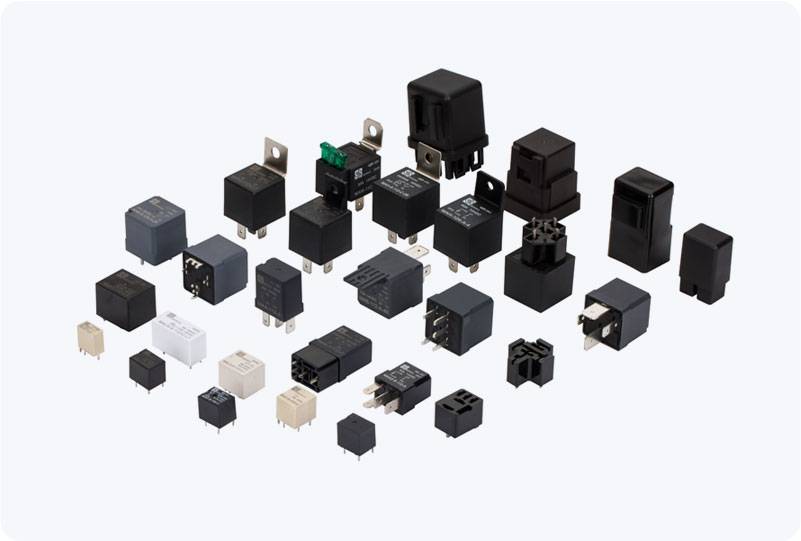High current power relays are essential components in modern electrical and electronic systems, where they act as the interface between low-power control circuits and high-power load circuits. These relays are designed to handle large amounts of current, making them indispensable in industries such as automotive, industrial automation, power distribution, and renewable energy. In this article, we will explore the fundamentals of high current power relays, their working principles, applications, and importance in modern systems.

What is a High Current Power Relay? A high current power relay is an electromagnetic switch used to control high-power devices using a low-power control signal. Relays generally consist of a coil, contacts, and a mechanical armature. When a small current is passed through the coil, it creates a magnetic field that moves the armature, thus opening or closing the contacts. In high current power relays, the contacts are designed to handle large electrical currents without degrading the relay’s performance. These relays typically have a higher current rating, ranging from several amperes to hundreds of amperes. This makes them suitable for applications where conventional relays with lower current ratings would not suffice. High current power relays also feature robust insulation, arc suppression mechanisms, and durable contact materials to ensure they can handle the electrical stress associated with high currents.